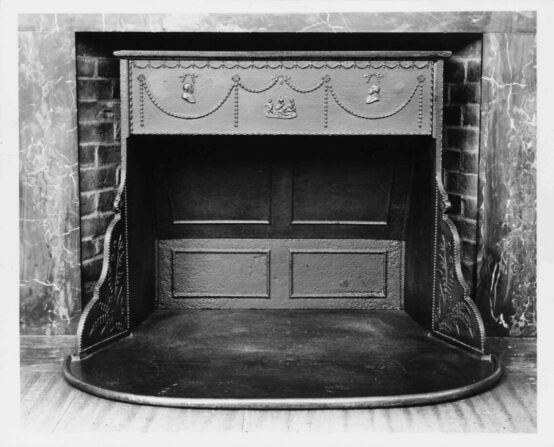Before tackling old home insulation, a little history about old home construction helps clarify why modern technology for old, historic, and very old homes is not the best solution. 20th century building is very different.
Brick does not breathe, stone does (it has thermal mass) and the middle of stone walls will be filled with stone rubble. The primary concern is to keep breathability. Stone walls function by allowing air to pass from the interior to the outside. These types of walls prevent rain penetrating beyond the middle cavity and condensation is pushed to the outside surface to dry. Additionally, old stone homes used to have fires going all day where a lot of the heat would be stored in the walls and then released during the night as the fires died. Remember, old stone homes had fireplaces in the center of the structures.
In fact, historic heating methods of the 19th century up through 1800, were all wood burning fireplaces. However, these were inefficient. Ben Franklin invented the Franklin Stove meant to insert into the firebox area of the fireplace. It was made of cast iron but if not the perfect fit, it caused more problems than without.

Count Rumford invented the Rumford fireplace which, was a shallow firebox and thus the two sides of these, inclined towards the front opening at 135 degrees reflecting a great amount of heat into the room. This was a very efficient wood burning fireplace design. In fact, Thomas Jefferson installed eight of them at Monticello. The Rumford fireplace became so standard it was featured in Henry David Thoreau’s Walden.

By the 1820s and 1830s, coal gained popularity for stoves and iron stoves became the new technology. The English brought fireplaces to the new land and the Germans brought iron stoves which, became standard in post-Civil War America.

This brought about architectural changes as well. Colonial homes of the 18th century had huge chimneys supporting multiple fireplaces. Later, homes only needed stove pipe ventilation which meant, skinnier chimneys. The rich could centralize their coal burning in the basement while the poor had to have separate stoves for the various rooms needing heat.
The 19th century brought steam heat and it appeared in the 1850s and by 1880, it was the most popular means for heat. This was just another form of coal heating since coal was used to heat the water.

This brings us to the next stage!
